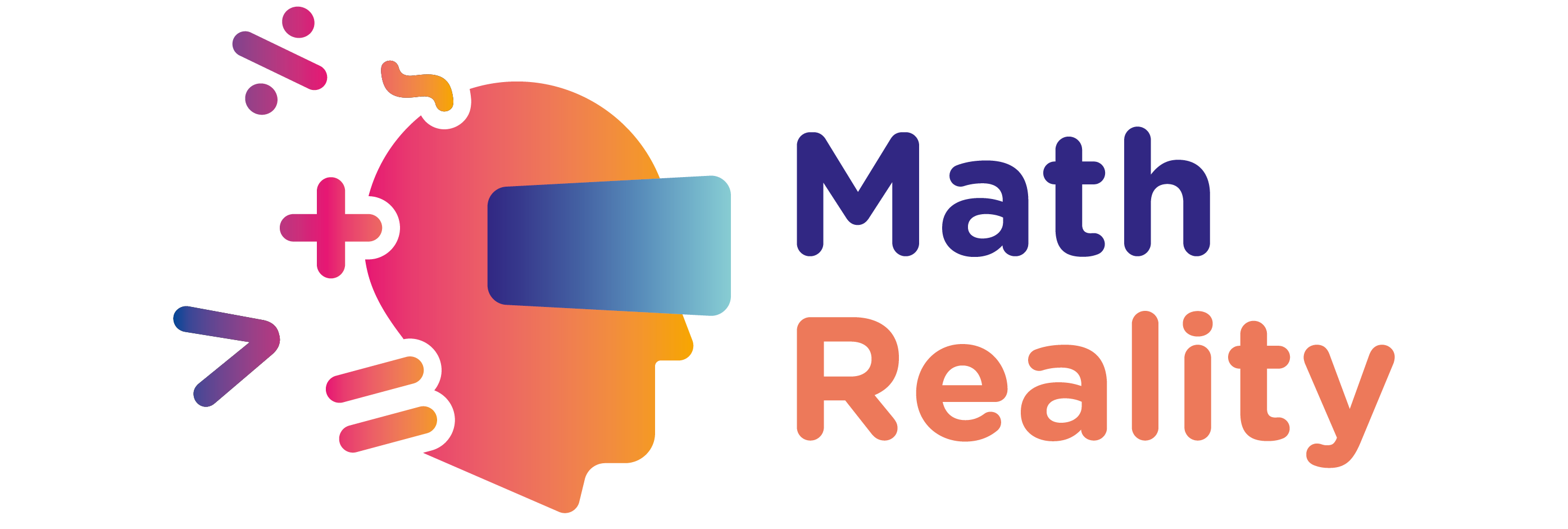Mathematics and learning disorders
Math is a very concrete and exact subject. If you ask a child to tell you how much is 7 plus 3, the answer can’t be approximated, it has to be very precise to give the right answer. You are either right, or either wrong. And usually, children don’t get point for being almost right. So, more than any other object, math is causing anxiety because of the fear to be wrong, the fear of negative evaluation.
Because it is a “cumulative subject” (Brian Butterworth) knowledge is constructed so the new information is based and linked to the previous one. If you skip some content, the following one is less accessible. Making sustained progress in learning math is a very challenging process for people with Specific Learning Disorders.
The SLD are named Specific Learning Disorders because they are not the consequence of visual, hearing, or motor disabilities, nor mental retardation, emotional disturbance, or environmental, cultural, or economic disadvantage. They can affect cognitive development of one or more ability such as speaking, reading, writing, doing mathematic, plan and coordinate motor task.
The SLD do not have a cause determined by:
- Physical disabilities
- Mental disability or developmental delays
- Psychological or sensory problems
- Socio-cultural factors
Here is a list of the SLD :
- Dyslexia – Difficulty with reading and spelling
- Dysgraphia – Difficulty with handwriting and some fine motor skills
- Dyscalculia – Difficulty with arithmetic and mathematics
- Dysphasia – Difficulty to produce and understand spoken language
Additionally:
- Dyspraxia – difficulty with gross and fine motor coordination which is classified as Developmental Coordination Disorder and not as specific learning disorder but has an influence on students learning process
Even though many learners are affected by SLD, the estimation of their quantity differs. The European Dyslexia Association estimates that between 5 to 12 percent of the population have at least one SLD.
We already mentioned that for most people (including teachers, educators and decision-makers), mathematics is somewhat a complicated subject that can only be taught in a formal way. Many of us struggled with the queen of science and reasoning of the many abstract concepts but for students with SLD some of the tasks are very hard to overcome.
The biggest challenges in mathematics for students with SLD:
- making sense of numbers and how they work
- understanding the symbols and remembering the vocabulary
- understanding shapes: symmetry, relative size, their quantity and how to manipulate them
- weak long term and short-term memory which is necessary to automatize math procedures in calculus
- using drawing tools due to poor fine motor skills
- reading and organizational difficulties make it harder to solve multistep problems and tasks
- remembering multiplication tables that requires trying several approaches to find the most suitable
Making mathematics more “dys-friendly” starts by communicating with the student: getting to know what they like, how they approach the tasks and what discourage them during the process.
Here are some tips for teachers that could be beneficial for all students with SLD:
- using real objects that can be manipulated to explain geometry
- advise students to read problems aloud and help them to break the tasks in the smaller steps
- start a lesson with the outline of what is going to be learnt today and finish with a small recap of most important information’s
- increase comprehension by explaining recalling vocabulary and symbols in a form of math dictionary
- minimizing as much as possible the abstract aspect of mathematics by linking tasks with real life examples and applicability
- use books and photocopies with large print and big spaces between lines and paragraphs (line spacing of 1.5 is preferable). Font size should be 12-14 point. It is recommended to use a plain, evenly spaced sans serif font such as Arial and Comic Sans. Others: Verdana, Tahoma, Century Gothic and Trebuchet Remember that one size does not fit all and you should test it with your students to see what works best for them.
Using VR technology offers great opportunity to strengthen visualizing skills that are essential to learning mathematics. Algebra relies on a compressed system of written symbols with specific vocabulary, and it requires to automatize calculation tasks; whereas geometry relies on understanding shape, symmetry, relative sizes and quantities, how to manipulate them and how on trace them precisely on paper.
